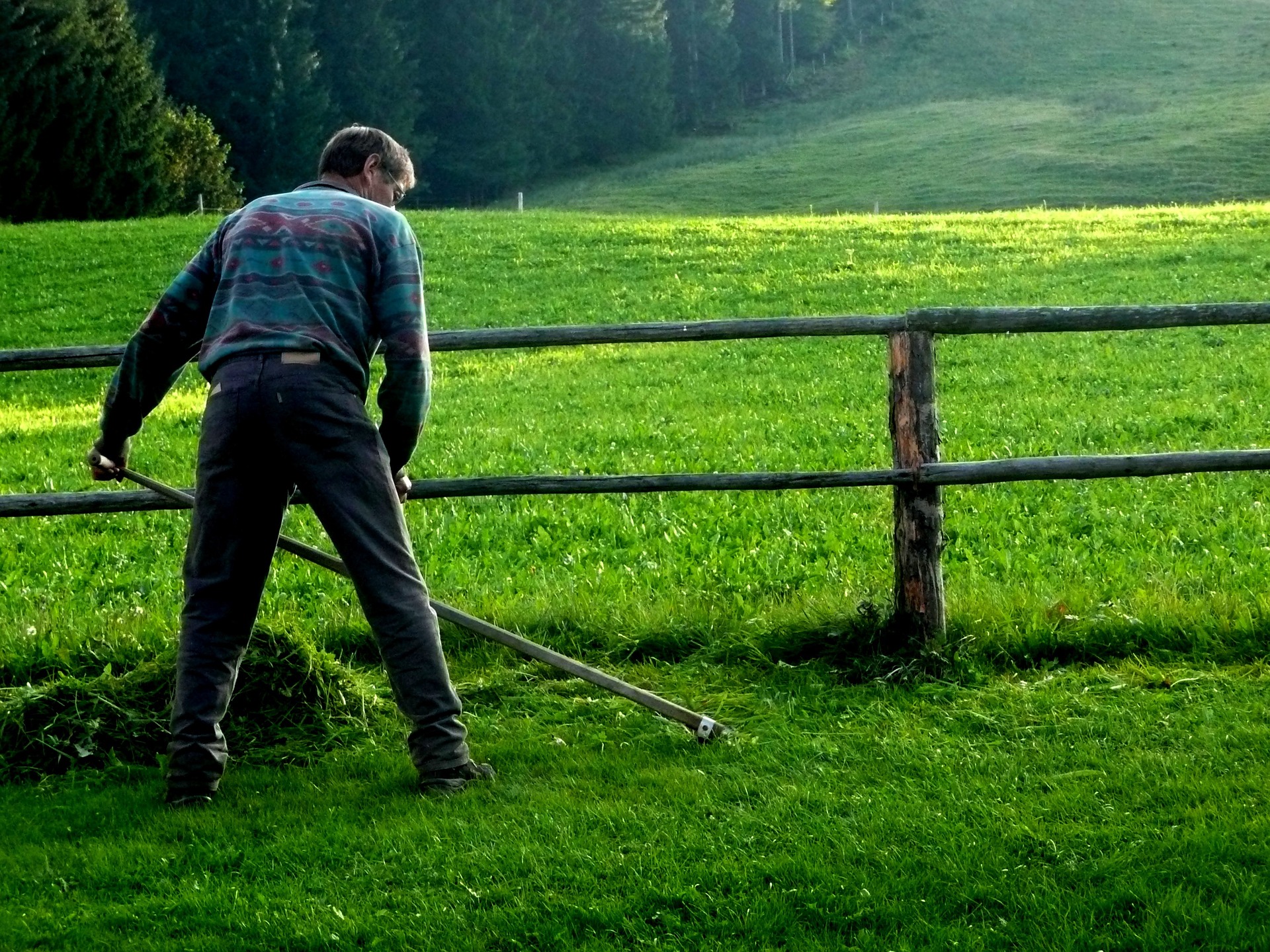You don’t have to mow, I’ll scythe, I said to my father. He has taken me at my word, and our gardens and paths are now more overgrown than usual.
It is not that I tired of scything or haven’t gotten to it. I’m still a committed scyther, and do it regularly. The problem is that swinging my lightweight, European-style scythe I notice plants I don’t want to decapitate.
The result is very patchy scything and no clear walking paths. It can be annoying to traipse through these overgrown areas. The benefit is that I’ve noticed and saved a lot of plants we usually mow down.
Milkweed is crucial to the survival of monarch butterflies — so I try very hard not to cut down the broad-leaved, sturdy plants. Quite a few grow in my gardens and fields.
Joe Pye weed is another good butterfly and pollinator plant. It grows up to six feet tall with pink or purple flowers. I’ve noticed it growing in my garden for the first time (although I’ve seen it in the fields).
Yet another plant butterflies, birds and other pollinators appreciate is slender mountain mint. This wild herb grows in clumps, has thin leaves and clusters of white flowers. I read that it smells like mint, but the stands of it I found remind me more of oregano. I try to leave that plant as well.
So far, I’ve identified at least four different types of clovers — a few of which make delicious tea, as well as benefit the soil by fixing nitrogen. I just hate to cut them down.
Then, there is sourgrass, which is similar to clover in appearance but does not fix nitrogen. It is, however, edible and medicinal. My whole family loves its tangy flavor in salads and as a gardening snack. I read that it is high in vitamin C — can’t cut it!
If we go back to pollinator favorites there is yarrow, which has the additional benefit of having medicinal properties. According to Mother Earth News, yarrow can aid the circulatory system and promote wound healing. Other sources list a wide range of maladies yarrow can soothe. The flowers make a nice addition to the foraged teas I enjoy, so I like to leave them too.
Other wildflowers also abound, and while scything I notice some have specific areas they prefer. I’ve found evening primrose growing in abundance in just one section of my garden. It’s a section I’ve often kept mowed and sometimes tilled. My mother said she found evening primrose growing there before we started trying to control that area.
Blue-eyed grass also has a garden section it prefers. I’ve found just a few wild bergamot plants, along with other wild flowers in their small preferred zones.
These observations have led not only to patchy scything and overgrown walkways, but also to a realization: When tilling in the past, I’ve destroyed entire ecosystems of soil and plants. I always thought it didn’t harm much because I only tilled small sections. But now I see that those small sections can be (and are) totally unique. They can be diverse and different than the areas just a few feet away.
Even though I try to scythe carefully, I’ve definitely chopped off plants I intended to leave. But the destruction is less than when I used a mower. My shaggy-looking maintenance leaves more for me to harvest and more for creatures I share the land with to enjoy.




